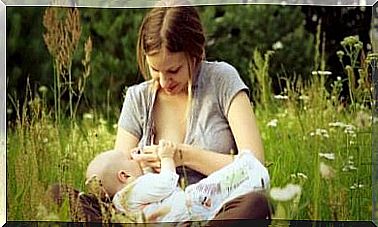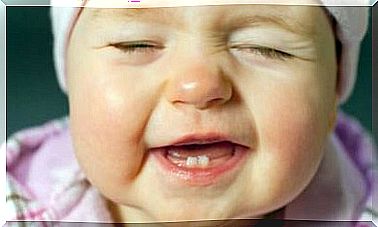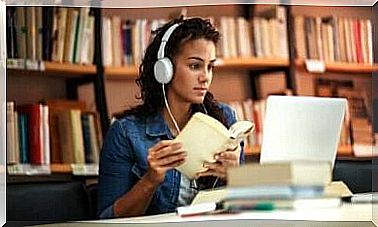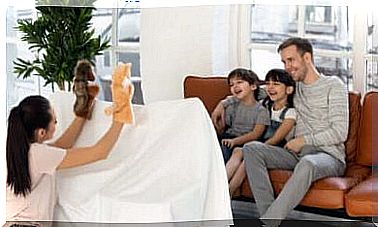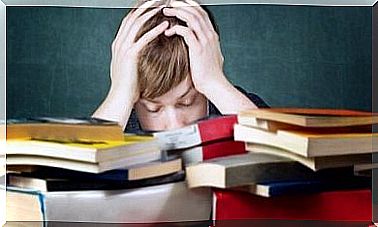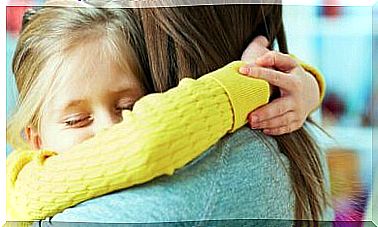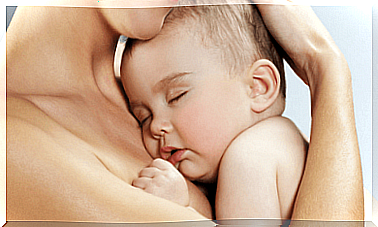Interactions Between Children In School
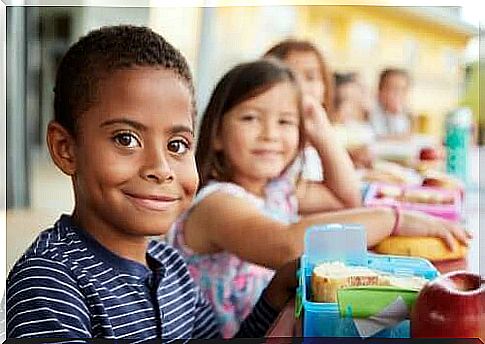
Building social relationships with peers is very important during childhood and adolescence to develop optimally and in a balanced way. Therefore, it is very important that schools motivate healthy and respectful interactions between children. When this happens, the children are best able to develop socially, cognitively and linguistically.
In other words, educational institutions must create space for cooperation between children. When this is the case, interactions between children become an active resource in the learning process. Children grow up in different environments that motivate the following values:
- Acceptance
- respect
- Inclusion
- Equality
Social interactions between children in academic settings
- Individual learning. Goals are for the individual. This means that the work of others does not affect the goals of the individual. In these cases, each student is assessed on his own performance. The results of other classmates therefore do not influence the results of the other students.
- Competitive Learning. All students have the same goal, but everyone’s success depends on whether they achieve the goal or not. In other words, the learning process is exclusive. One student gets the best grade, while the others get worse results.
- Cooperative Learning. Schools set collective goals that all students can achieve. This benefits the entire group and they are rewarded for the results they achieve.
Remember that when we say that the ideal way to motivate good interactions between children, we mean that the cooperative learning structure should be applied. This also means moving away from the individual and competitive learning structures of traditional academic environments. Therefore, teachers should organize their classes in such a way that both the teacher and students are responsible for learning new things.
Forming heterogeneous groups for interaction
Cooperative interactions between students can lead to improvements in several areas, such as:
- group cohesion
- Harmony – the ability to get along
- Cooperation
But for this to work, cooperative learning groups need to look like this:
- Small in size : no more than 3 to 5 students per group.
- Heterogeneous : groups should consist of students with different skills, motivations, needs, etc.
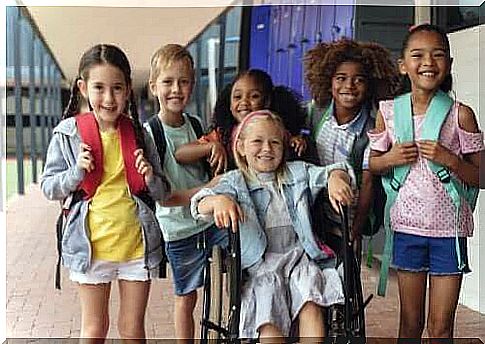
That is why it is important to mention that boys and girls should be mixed to form diverse groups. Educators should also evaluate possible similarities and differences between students.
Once a teacher takes all this into account, the students can be divided into three subgroups:
- Children who are good at helping others.
- Children who need more help with their schoolwork.
- The rest of the class.
When teachers create these groups, they must choose at least one child from these three subgroups per team. For example, let’s say a teacher creates groups of four children. Ideally, this group consists of one student who can help others and one student who needs more help. The remaining group members must have average school performance.
In this way, the children will not only gain new knowledge and skills, but will also learn to socialize with different kinds of people. .. Also people who are different from them.
